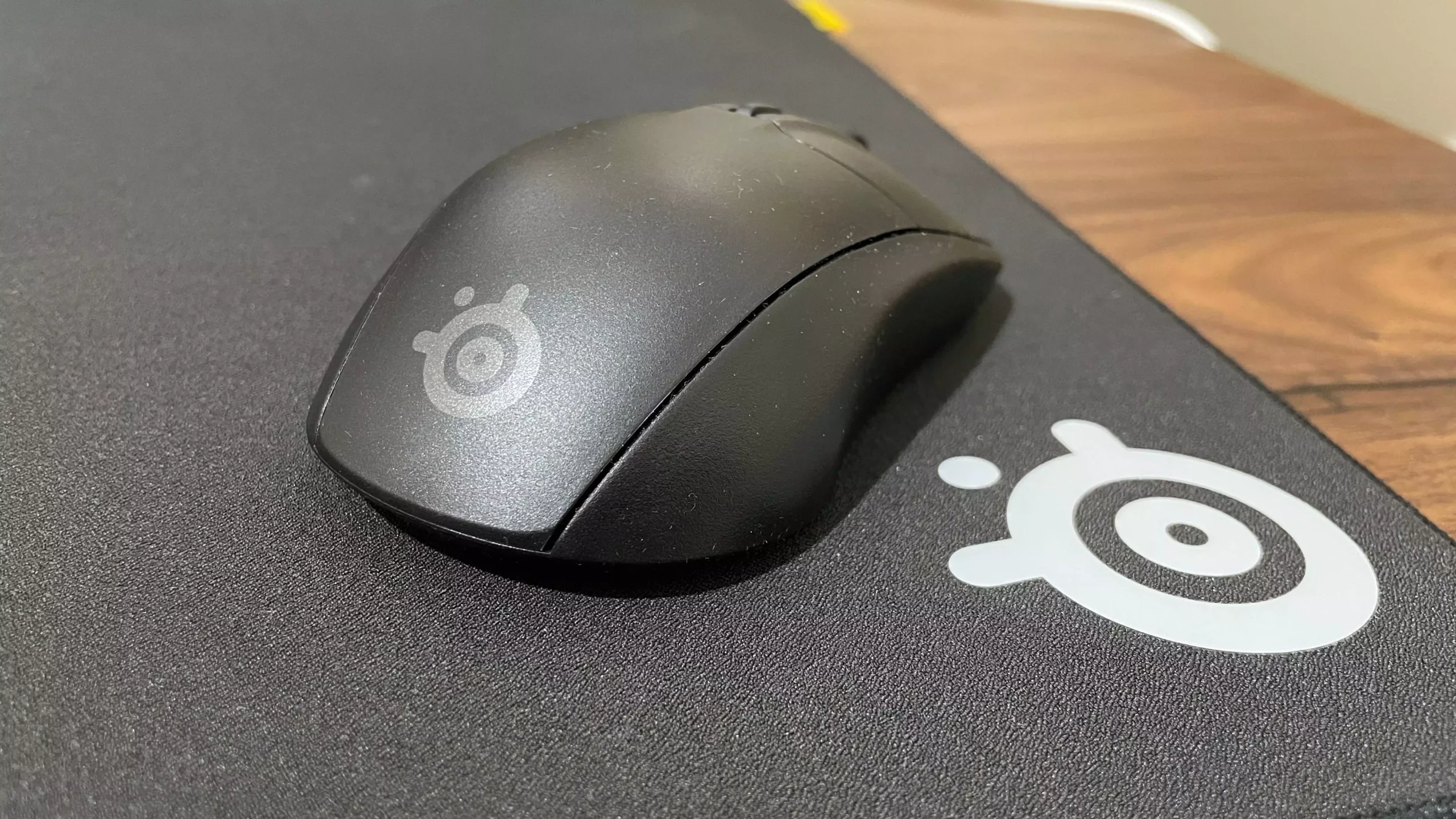When it comes to gaming peripherals, the debate between removable battery devices and their rechargeable counterparts has often led to polarized opinions. I must admit, I was part of the faction that dismissed the former as outdated and clunky. However, after using SteelSeries’ newly released Rival 3 gaming mouse with a removable battery, I’ve had an epiphany that warrants exploration. While my initial prejudice against removable batteries was based on comfort and modern conveniences, my recent experience has opened my eyes to several overlooked advantages.
The SteelSeries Rival 3: More Than Just Nostalgia
The Rival 3 Gen 2 is an innovation that pays homage to its predecessor while quietly redefining the potential of gaming mice. Released at a competitive price of $59.99, this mouse caters to budget-conscious gamers without compromising on performance. It features a high-precision 18,000 DPI sensor, boasting an impressively low click latency of 1.9 milliseconds. For many gamers, these specifications are sufficient to elevate their gameplay, especially when balancing cost-effectiveness with performance.
Perhaps the most striking aspect of the Rival 3 Gen 2 is its adaptability. It supports both Bluetooth and 2.4 GHz wireless modes, allowing users to tailor their experience based on their preferences. With a jaw-dropping battery life of 450 hours on Bluetooth and 200 hours on 2.4 GHz, it quickly became clear that this mouse is built to endure long gaming sessions without interruption.
Breaking Down Battery Myths
As I immersed myself in using the Rival 3, I began to reconsider the stigma surrounding removable batteries. The convenience of changing out a depleted set rather than pausing to recharge a device was surprisingly liberating. Initially, I worried that relying on single-use AAA batteries would diminish my gaming experience, yet I found that integrating rechargeable AAA batteries into the mix offered even more versatility. The prospect of keeping spare batteries handy and swapping them as needed introduces a practical aspect that many modern mice lack, as they often tether users to a charging cable.
One might argue that juggling batteries could become cumbersome, but in reality, it’s no more cumbersome than managing a charging cord. Additionally, I’ve discovered that the capability to continuously have a mouse on standby while one battery set charges is nothing short of revolutionary. The design philosophy resonates deeply with today’s gaming culture, where every millisecond counts.
Comparative Analysis: SteelSeries Rival 3 Gen 2 vs. Other Market Giants
Drawing a comparison with my beloved Logitech G Pro X Superlight, a mouse renowned for its premium build and features, underscores the Rival 3’s unexpected prowess. While the G Pro X offers the convenience of a rechargeable battery and similar specifications, I found myself appreciating the Rival 3 for its practicality. The mechanics of the SteelSeries mouse lead me to question whether the need for built-in batteries is truly necessary or simply an industry norm that needs reevaluation.
The Rival 3 does face critique for lacking in-built rechargeable capabilities, yet the innovative approach of using removable batteries injects a dose of nostalgia into modern gaming—an aspect that some players might actually celebrate. In a world increasingly dominated by rechargeable devices, this move might actually carve a niche for gamers who appreciate the classic feel of traditional battery setups coupled with contemporary design.
A Culture Shift in Gaming Accessories
As I reflect on my experience with the SteelSeries Rival 3 Gen 2, it’s clear that this mouse signifies more than just a shift in technology; it represents a culture shift in gaming accessories. The concept that gamers can embrace an older technology while incorporating modern solutions speaks to an inherent adaptability that characterizes the gaming community.
Removable battery gaming mice may not universally appeal to everyone, but they encourage a dialogue about preferences and conveniences that cannot be ignored. This mouse has challenged my preconceived notions and prompted me to consider both the functionality and nostalgia of older technologies against the backdrop of modern gaming demands. As technology evolves, so too should our understanding—and appreciation—of what gaming peripherals can offer.

